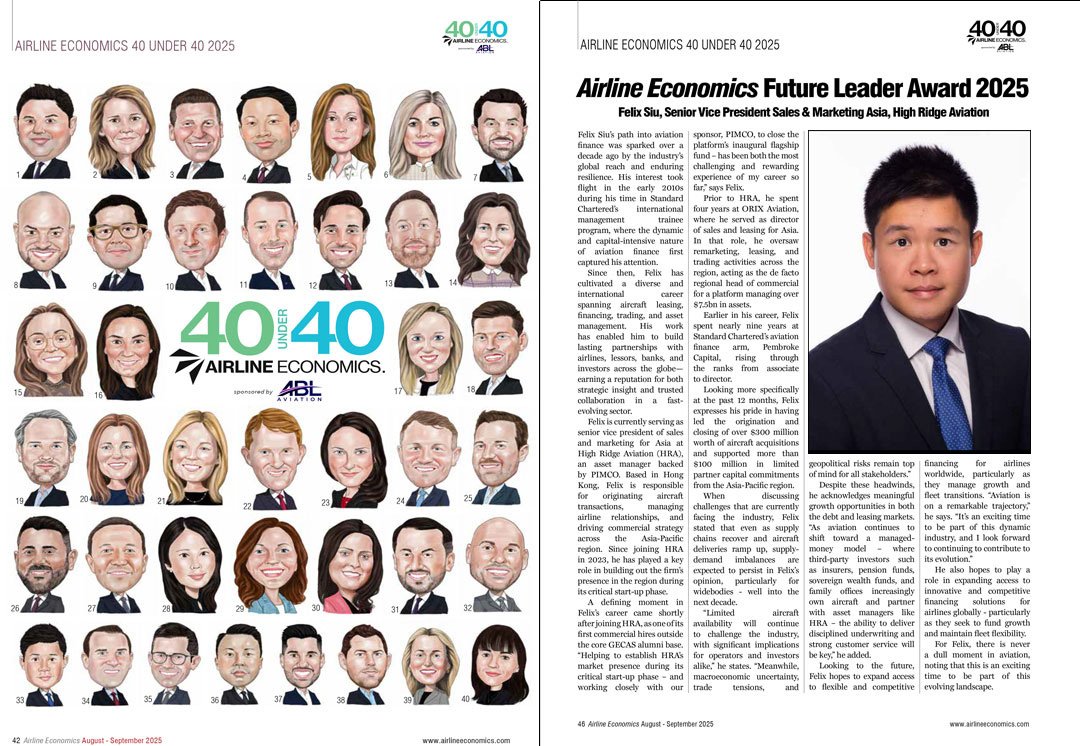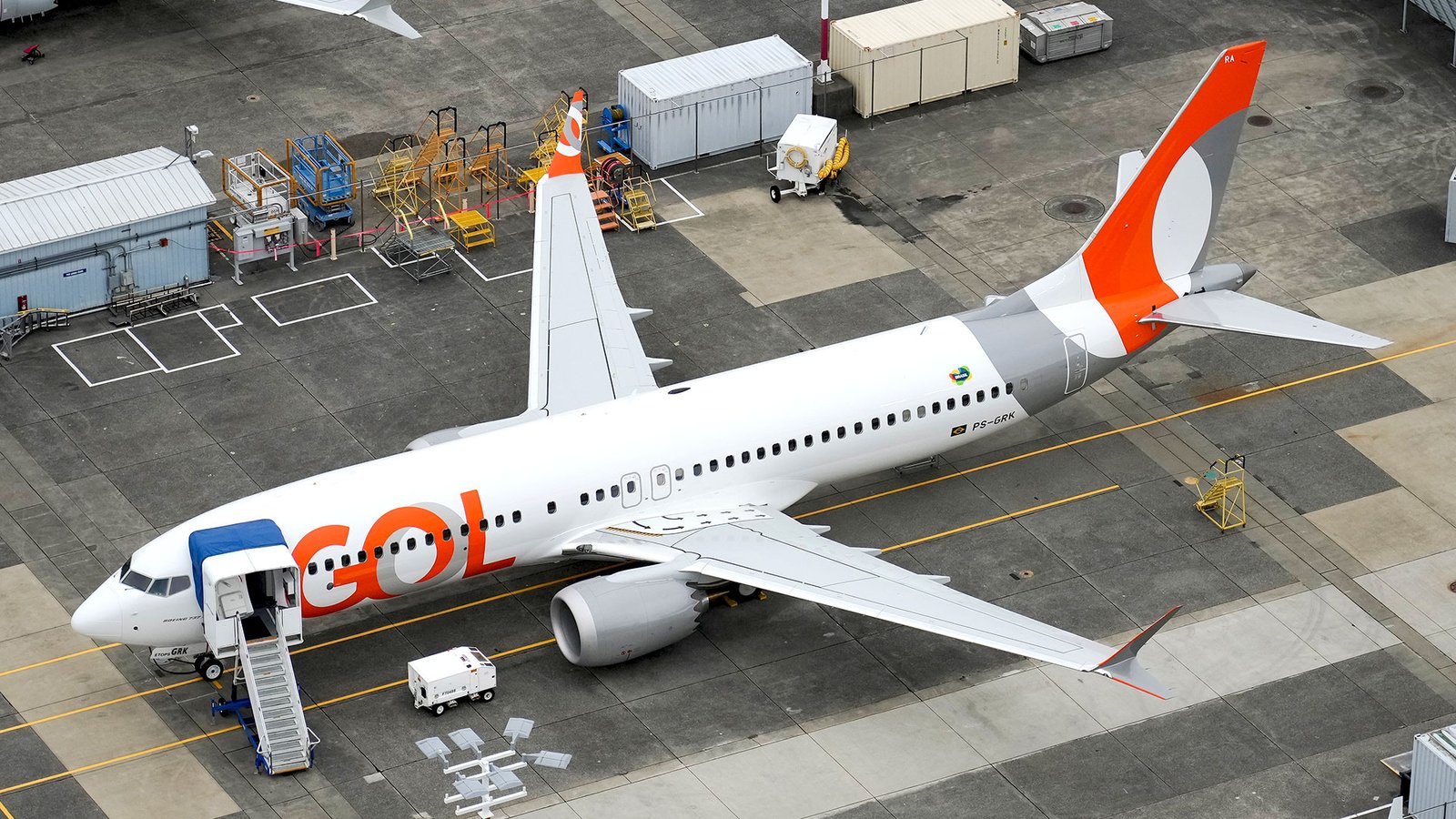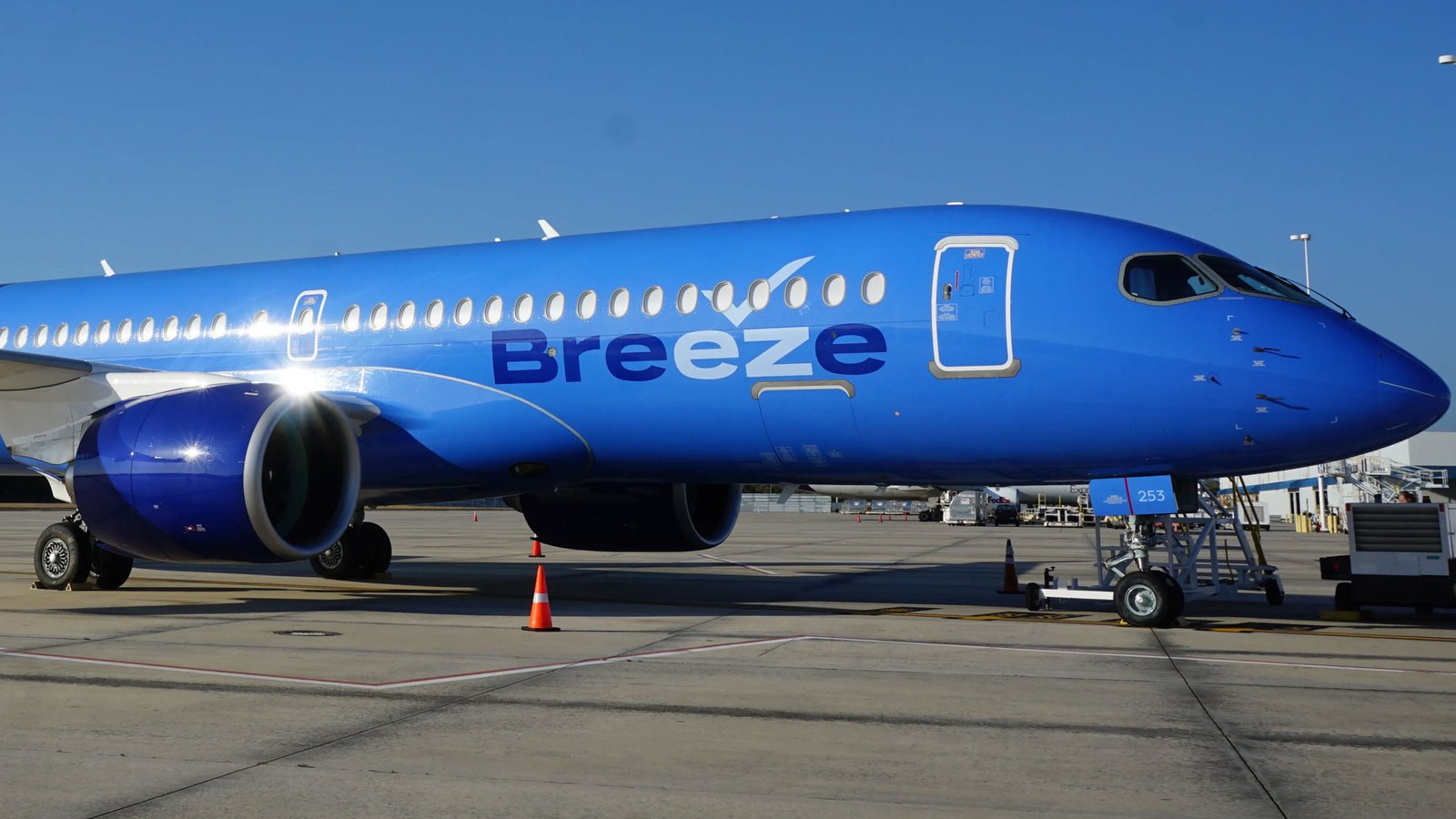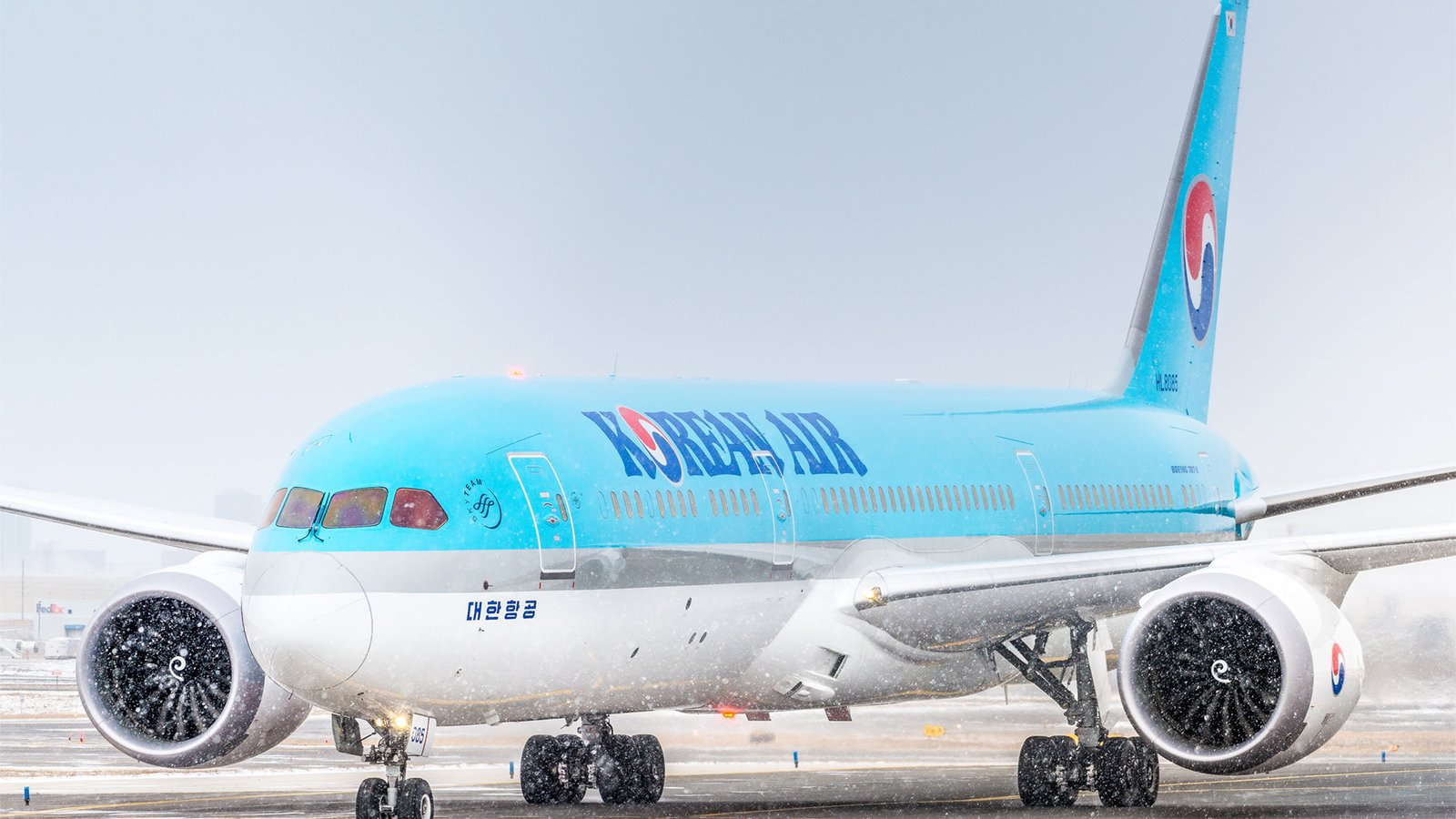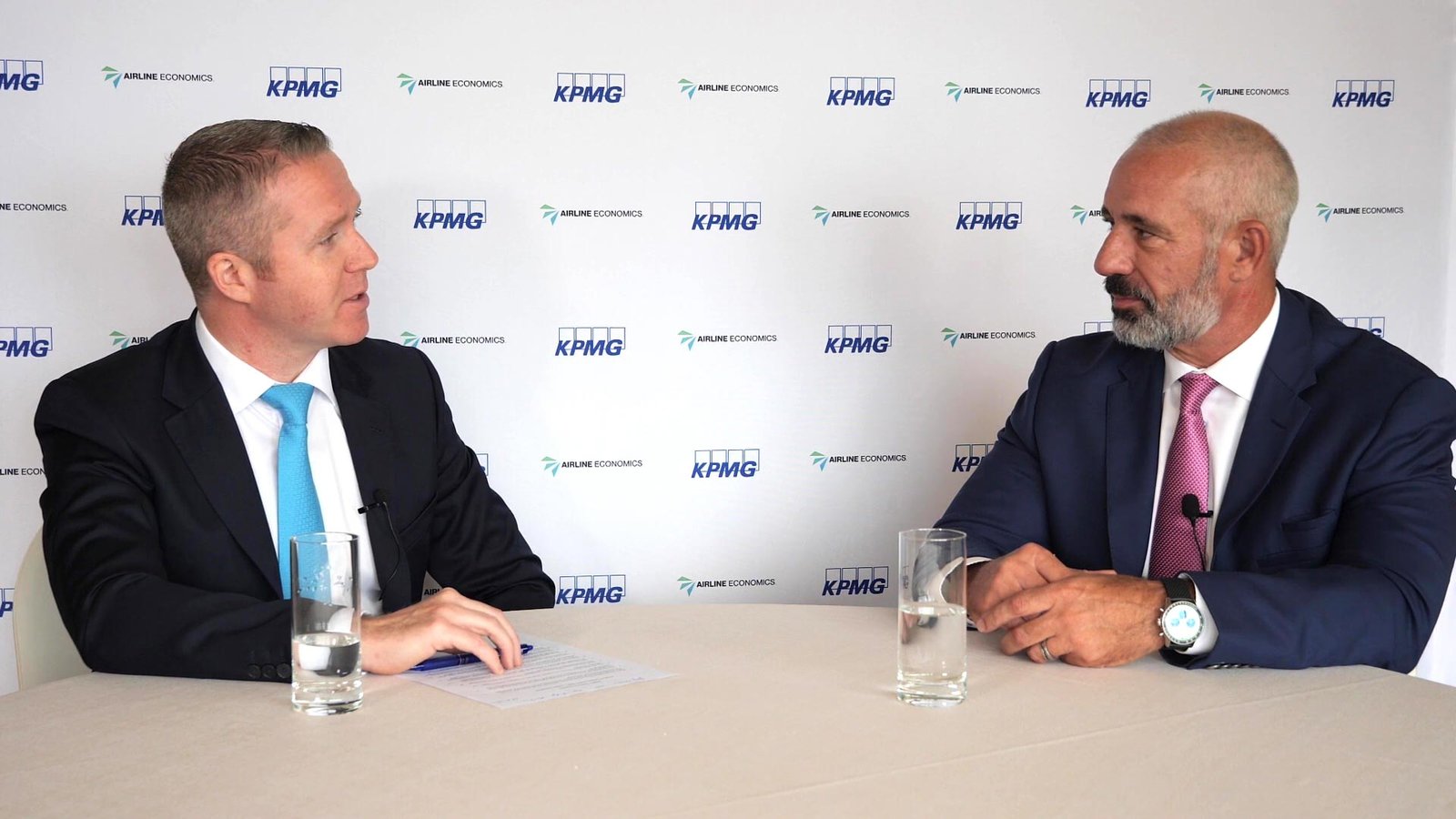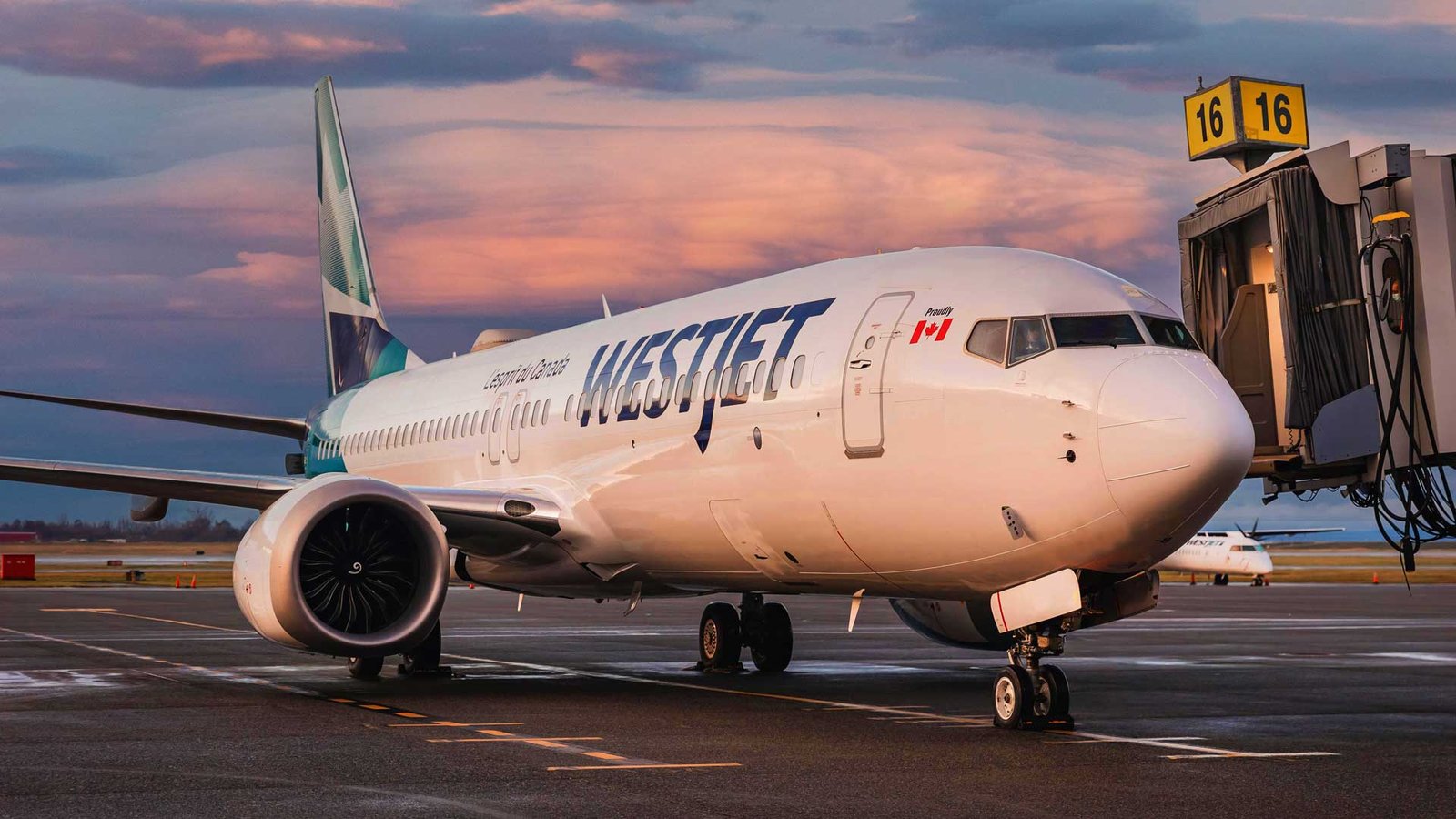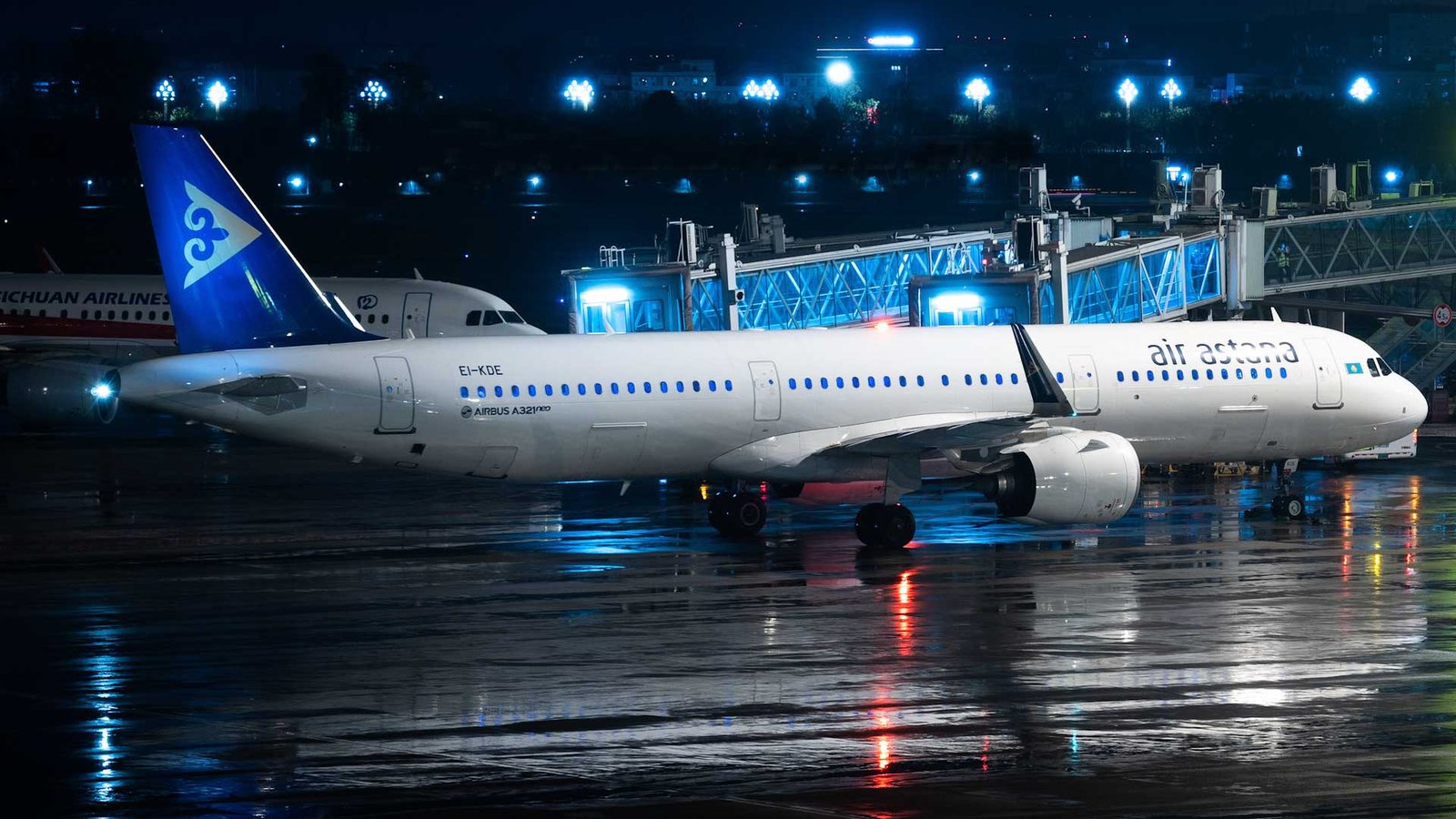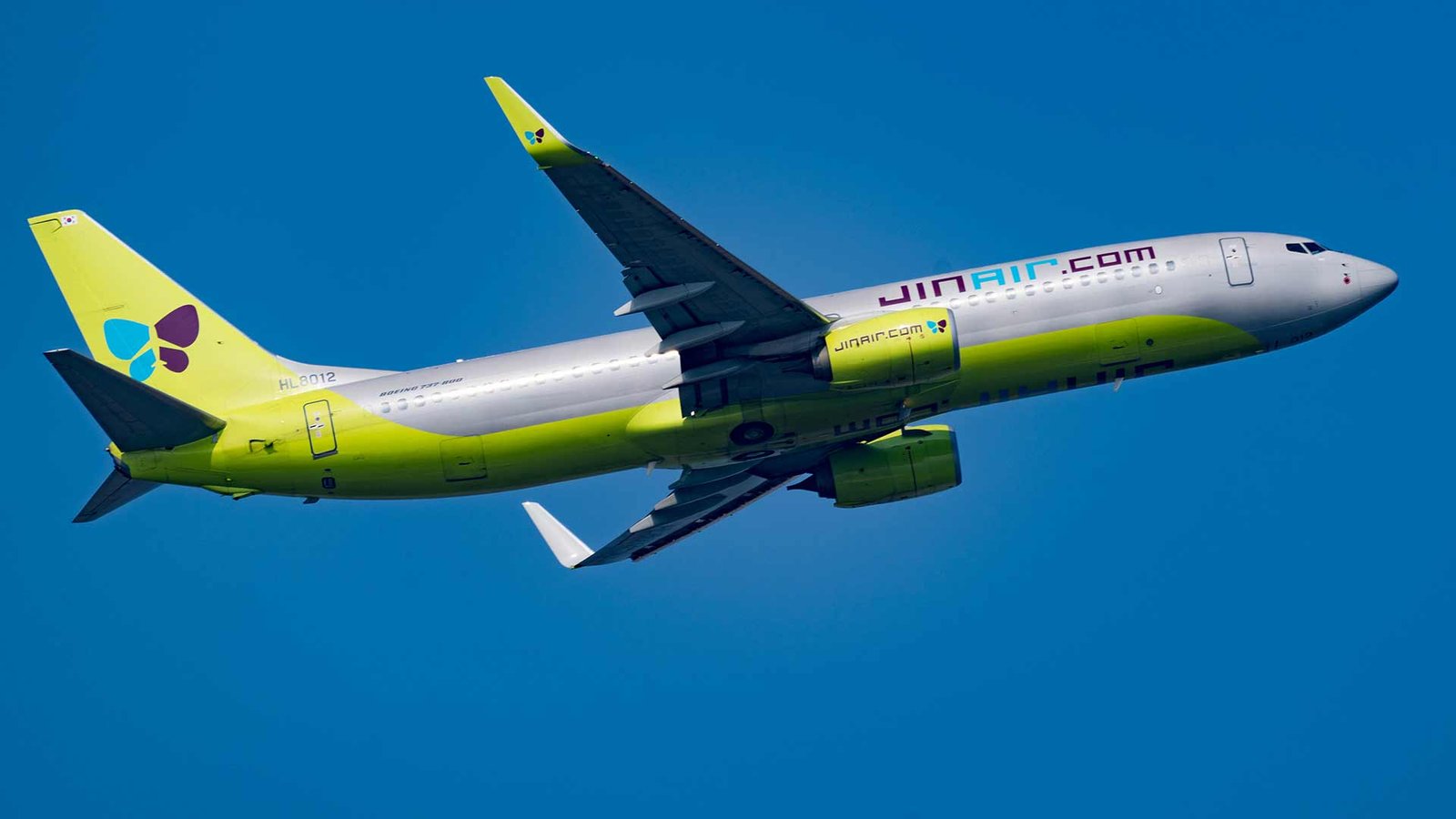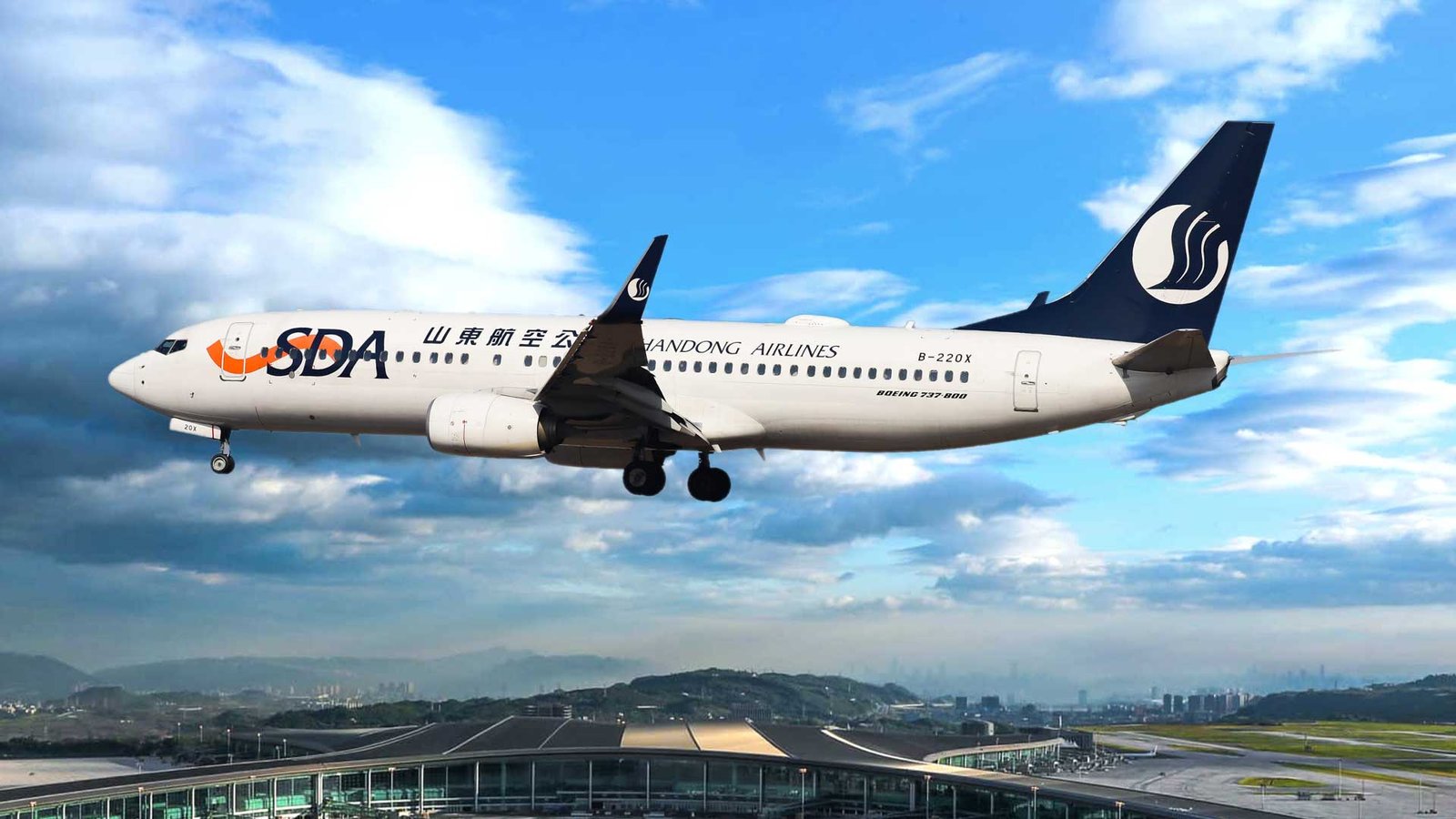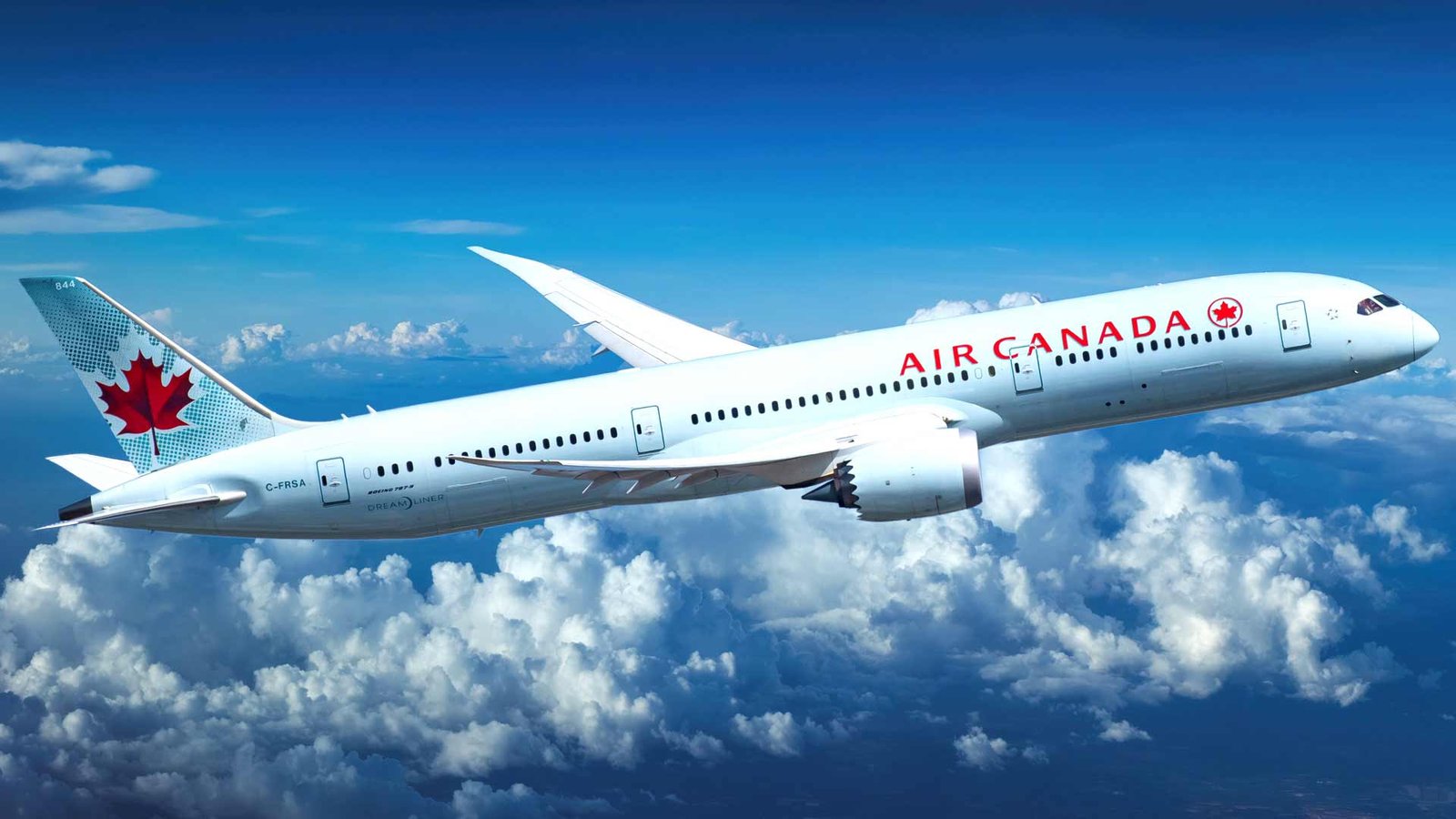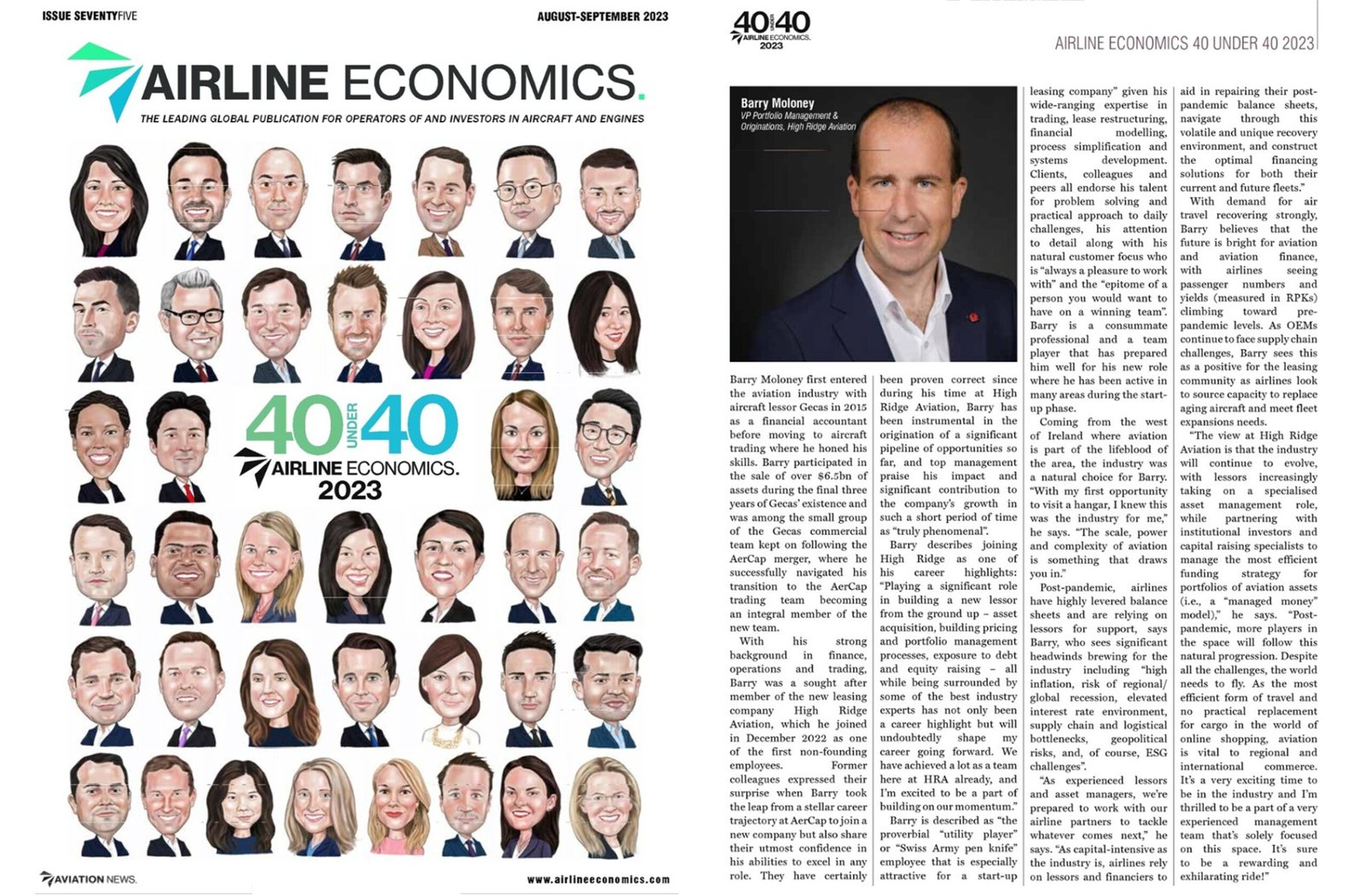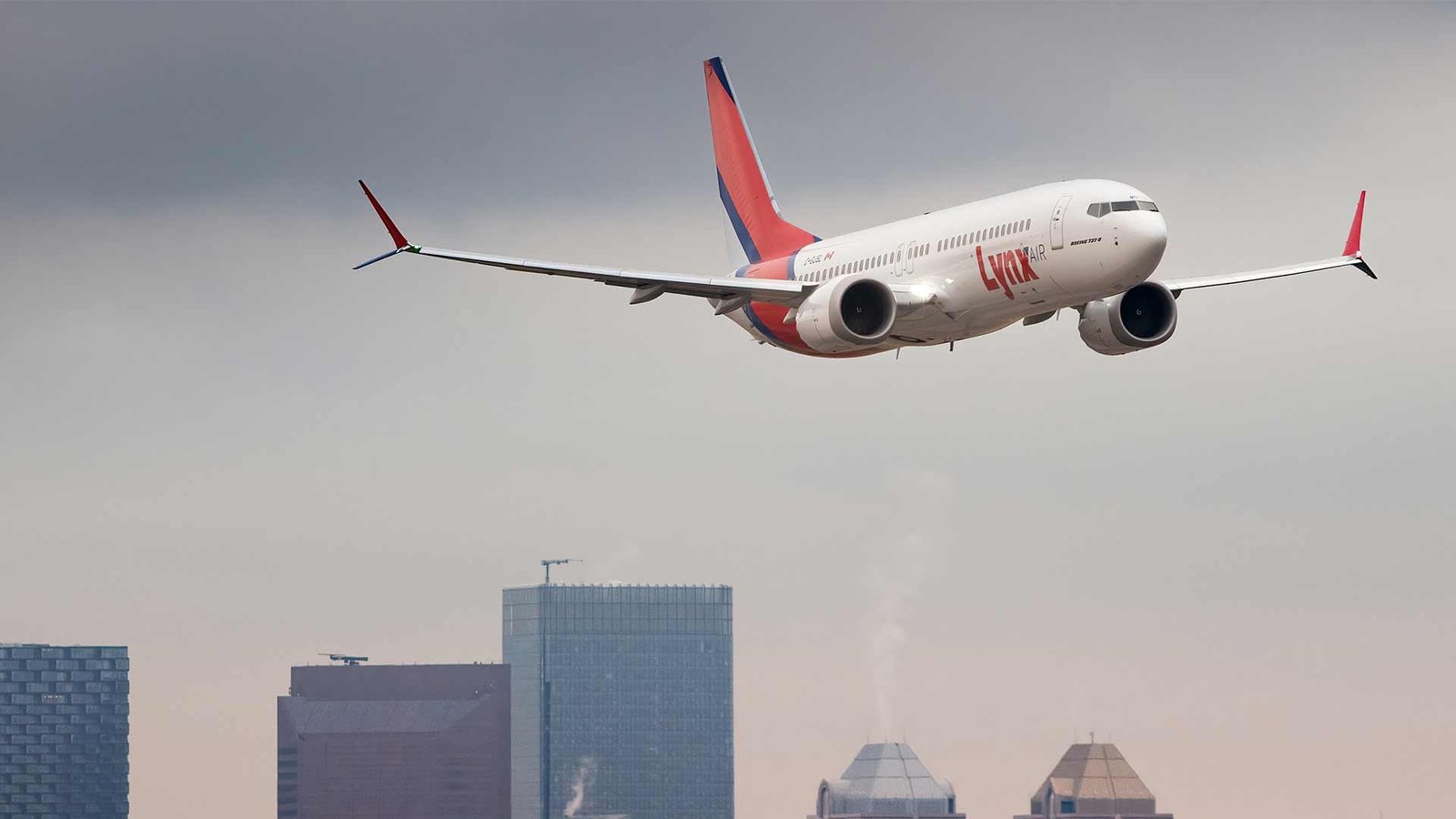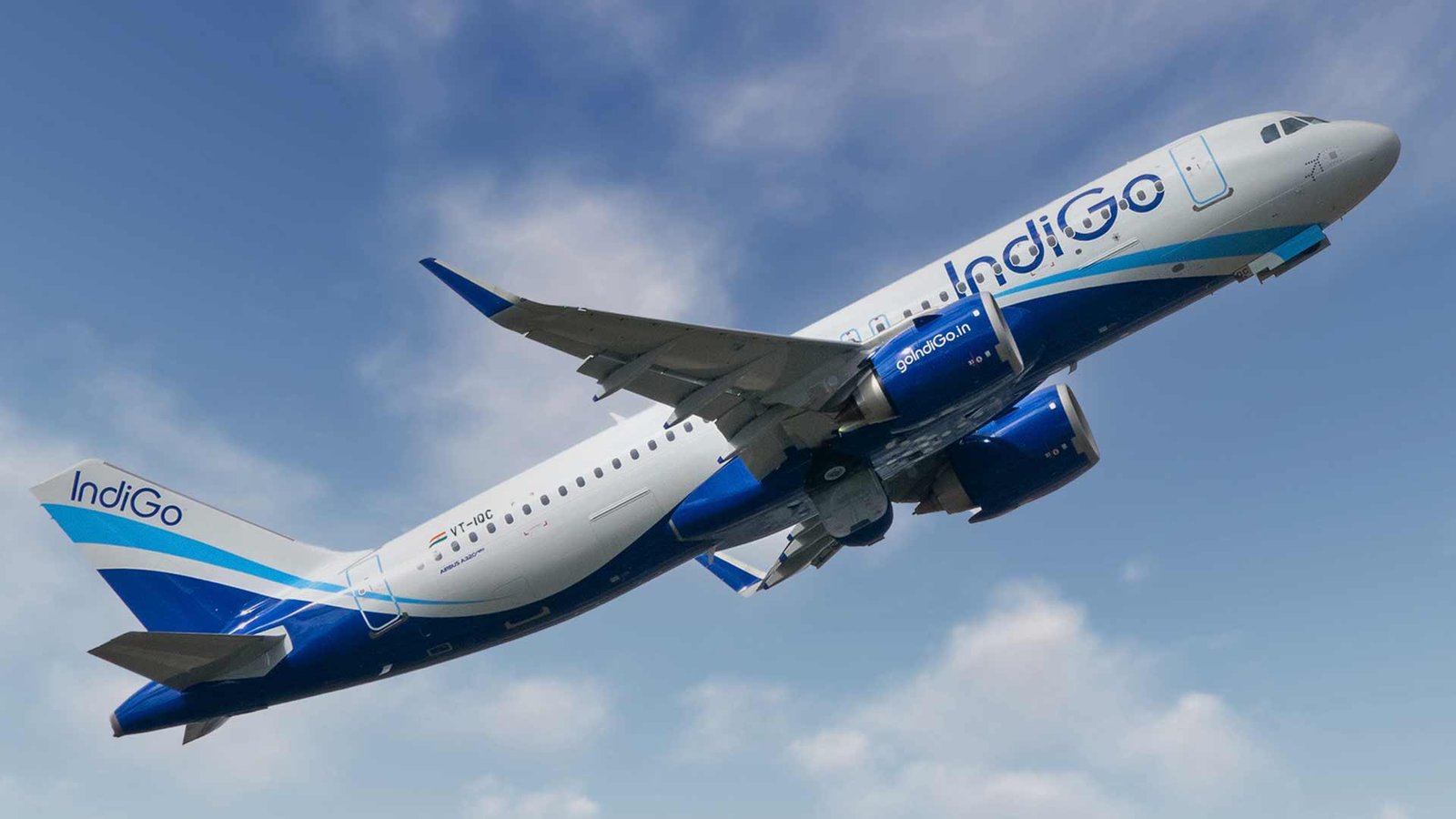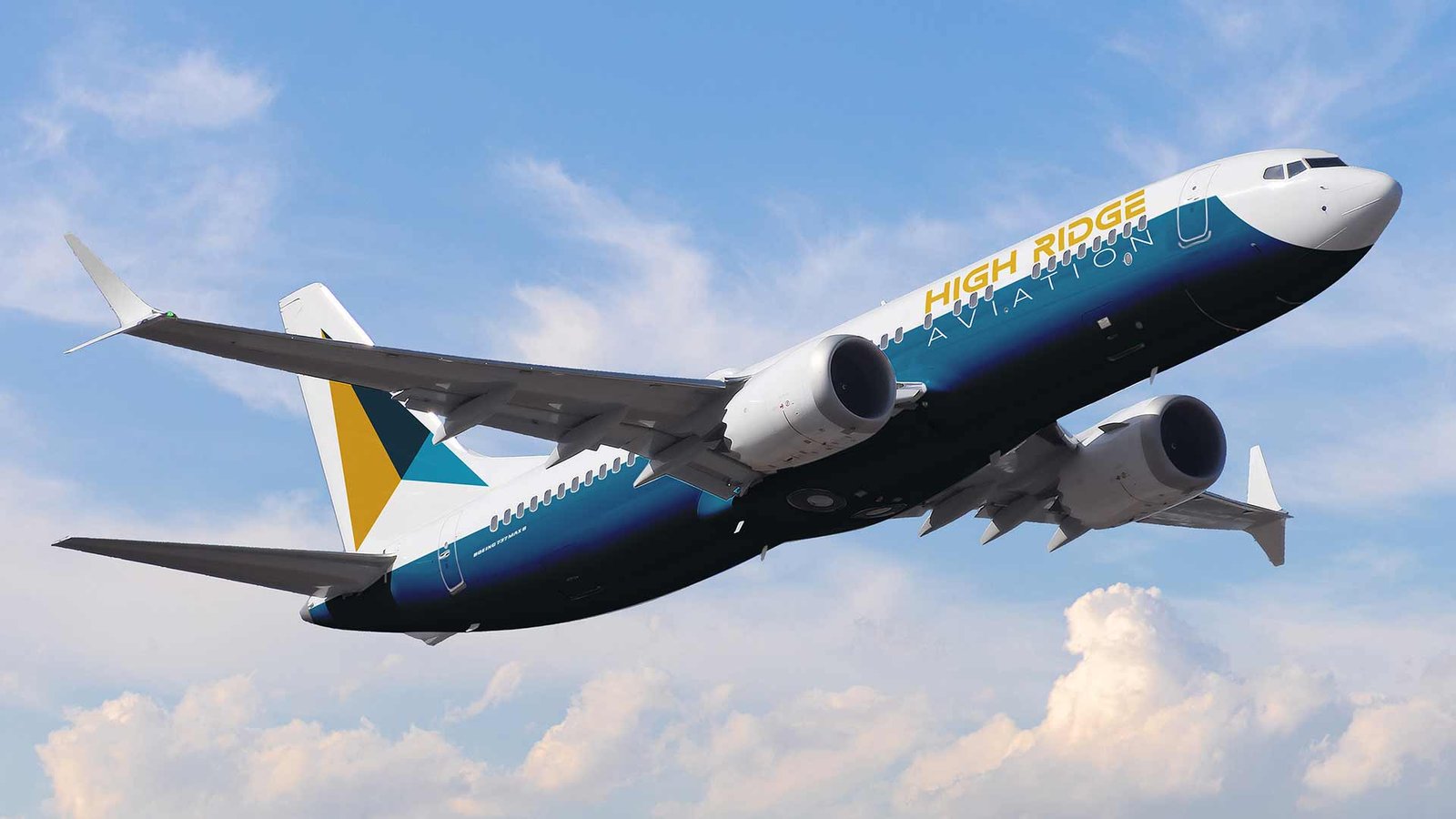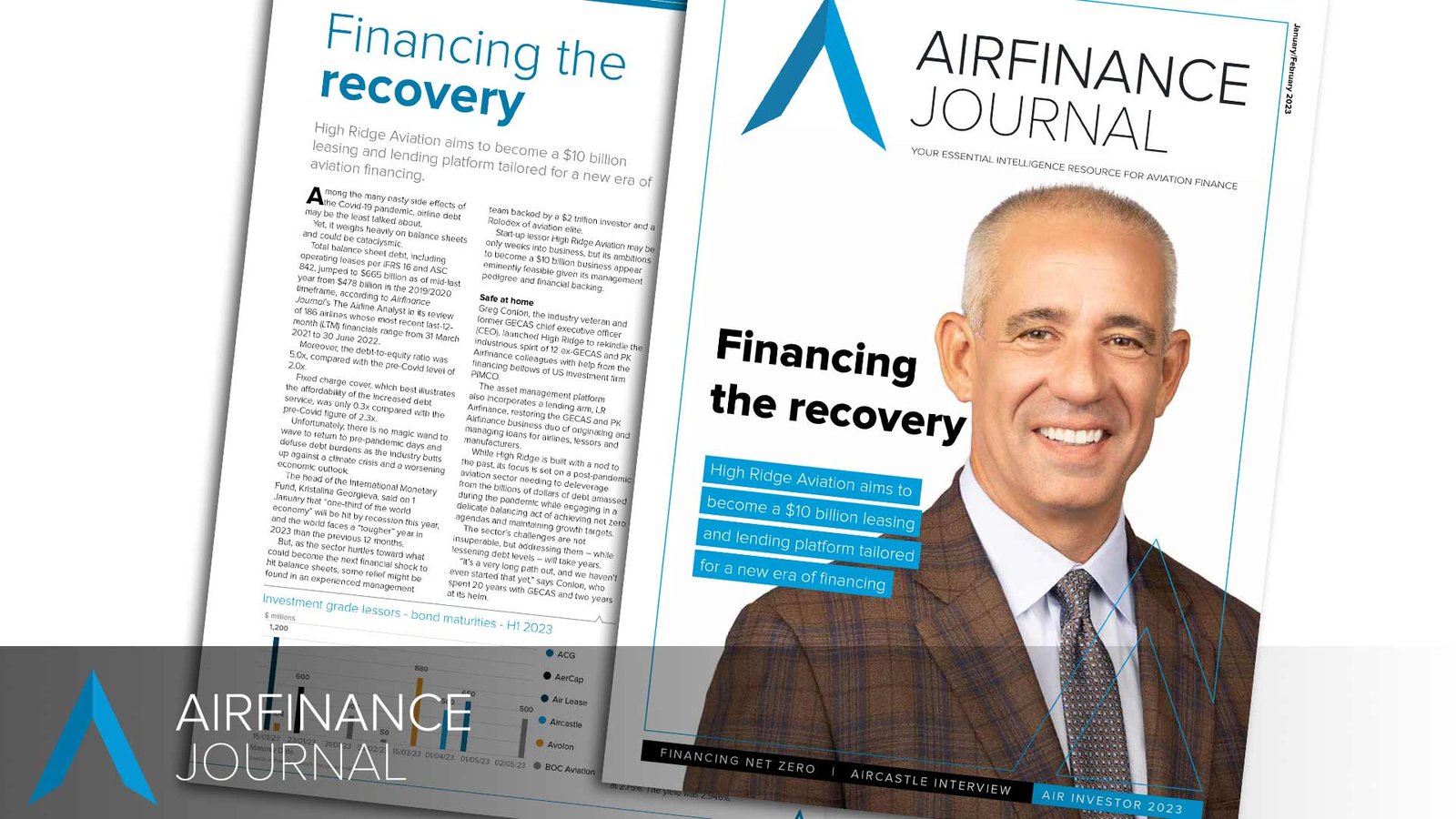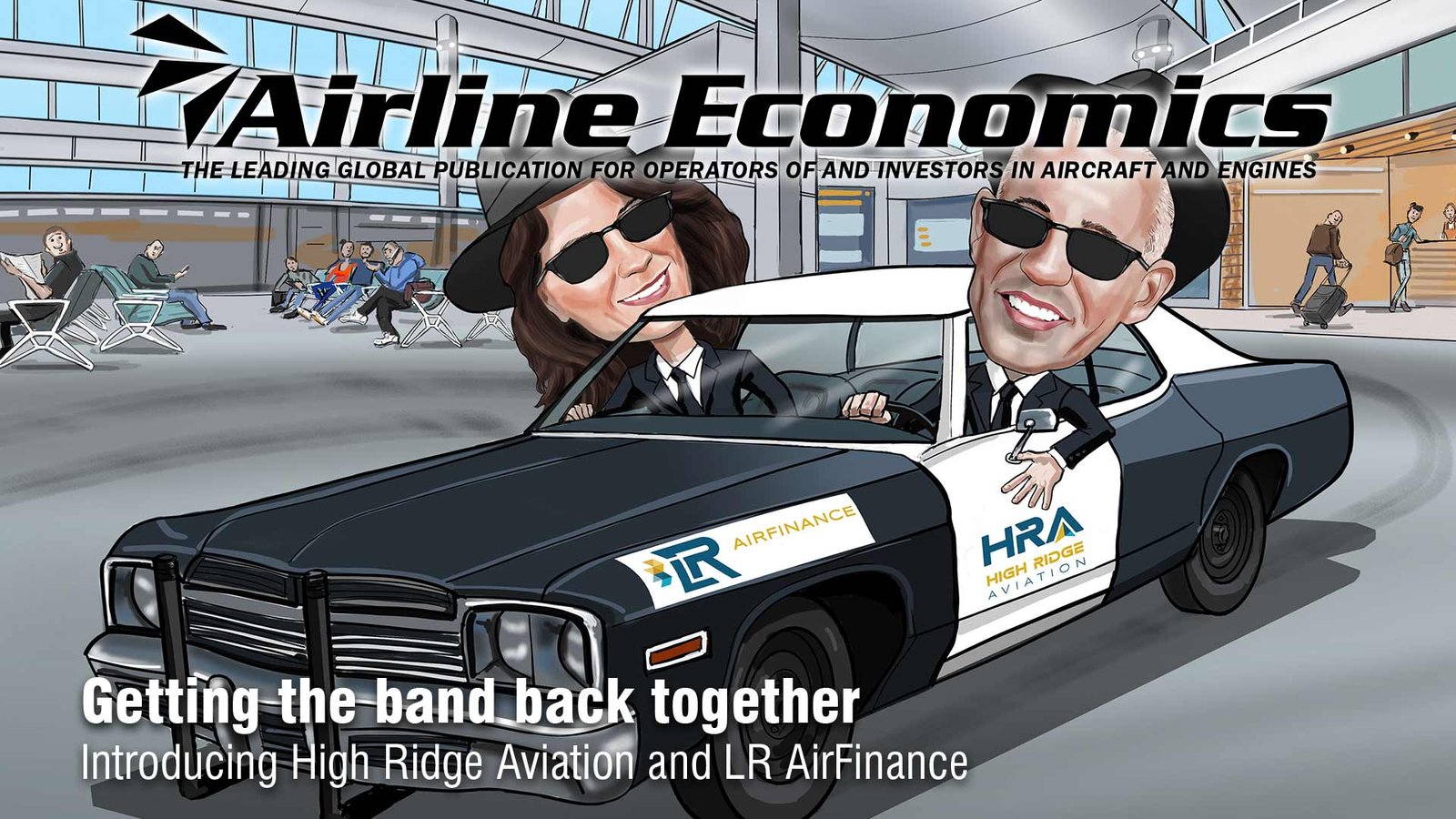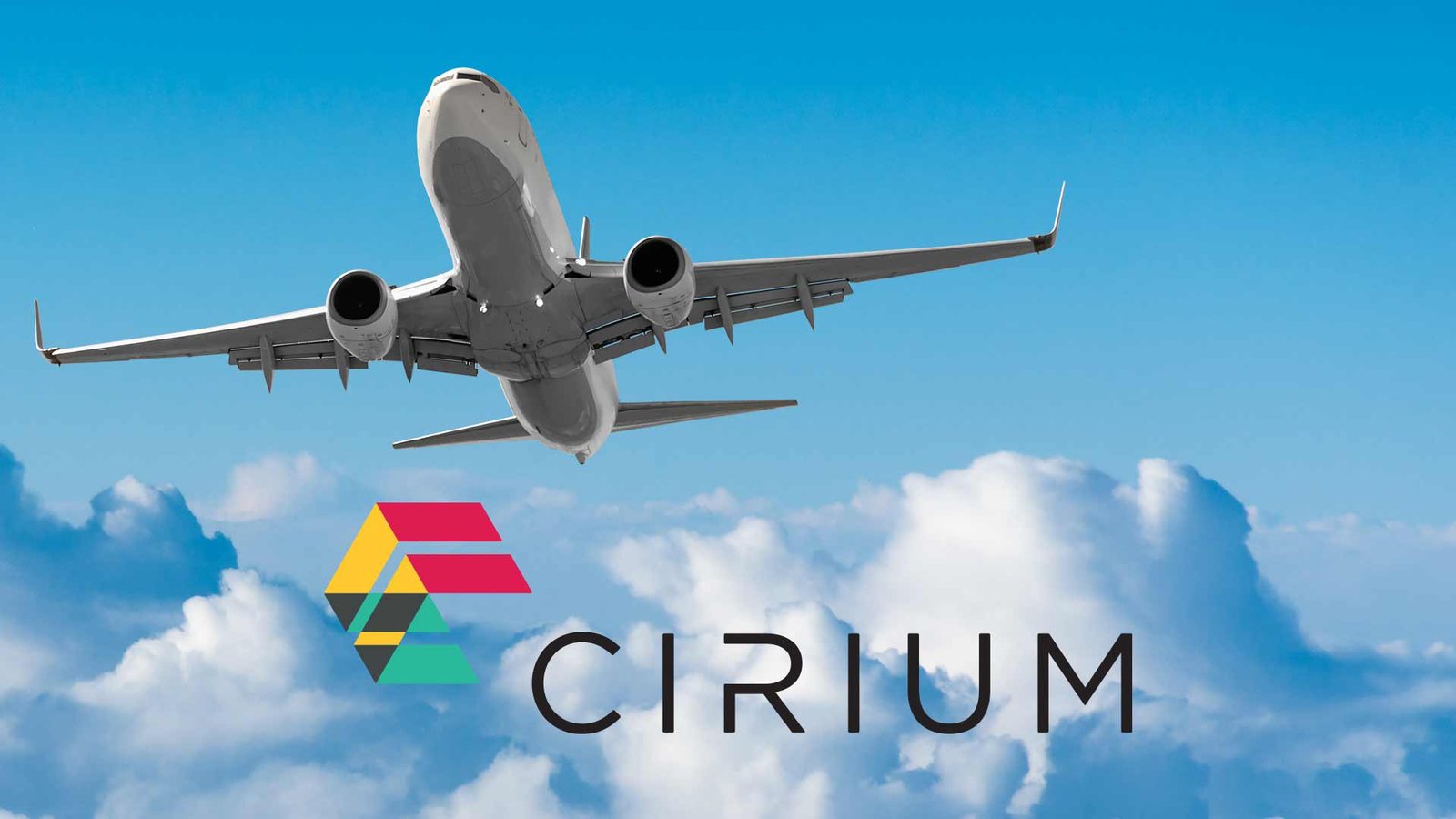High Ridge Aviation: Taking the higher ground
By Victoria Tozer-Pennington, Editorial Director and Co-Founder of Aviation News Ltd
Read the full article on Airline Economics
Filling a vacuum in the aviation leasing space, ex-GECAS CEO Greg Conlon has compiled a crack team of aircraft leasing and finance experts to capitalise on the opportunities presented by the current market volatility.
Mergers of large corporations inevitably result in the loss of top management. The merger between AerCap And GECAS was no exception. Following the successful closure of the largest merger in aviation leasing history, several ex-GECAS and former PK Airfinance individuals – although awash with offers in the hot leasing market to join new companies and enhance senior teams of competitor lessors – opted to join together to form an entirely new lessor and lending platform.
Greg Conlon has formed High Ridge Aviation with 12 founding partners and investor PIMCO to capitalise on the current demand for leased aircraft. Conlon and the entire team recognise that the aircraft leasing market is leaning more toward managing assets rather than owning aircraft.
Our market is moving away from a balance sheet model towards a managed money model,” explains Conlon. “The ability for one company to efficiently own billions of dollars of aviation exposure on its balance sheet is becoming increasingly difficult.” High Ridge Aviation is an asset management platform populated by highly experienced aviation personnel, which also incorporates a new lending arm LR AirFinance.
“We have brought together people that know the assets, that know the customers, and who know the market and can manage these specialised assets from cradle-to-grave,” says Conlon. “Teaming those experienced asset managers with institutional investors with access to a wide variety of capital sources is where the market is going. That way, you can scale if you need to scale, and size doesn’t become a limiting factor in terms of market opportunities.”
With backing from long-time aviation investor PIMCO, High Ridge Aviation will not be limited by size due to capital constraints. With the addition of the new lending platform, LR AirFinance, the team now has an additional layer to offer the aviation market.
In addition to High Ridge Aviation originating traditional operating and finance leases, we also wanted the ability to provide debt,” explains Conlon.
For many years, GECAS and PK Airfinance operated in tandem to serve the market with operating leases and sources of debt and equity capital. High Ridge Aviation and LR AirFinance seeks to evolve a similar kind of partnership platform to better serve the needs of today’s aviation market clients.
A lending platform needs a specialized capital structure that is geared for secured debt returns,” says Conlon. “It needs to be flexible in tenor and risk adjusted appetite. As we considered potential partners, we knew that PIMCO was the best choice– it was kind of a natural fit.”
High Ridge and LR AirFinance intend to capitalise on the many investment opportunities created by the volatility caused by the pandemic and the recovery environment. Timing is everything for new businesses. Downturns are often the most ideal time for start-up entities to find unique opportunities to provide value and generate highest returns. However, this recovery environment is perhaps more volatile than any other downturn in recent aviation market history. The significantly high debt burden carried by many airlines, pent-up passenger demand, lingering restrictions on movement in China, heightened geopolitical risk with war in Europe, high inflation and rising interest rates have created a unique situation for lessors.
Conlon is not fazed by such challenges and sees now as the ideal time to offer an alternative for debt-laden airlines.
Dislocated or choppy markets are the ideal scenario for an experienced team with the right capital,” he says. “We are starting to see some M&A activity on the lessor side as some companies seek to exit the market, having either failed to meet their targeted return requirements that were either unrealistic or that the market opportunities weren’t there. The smaller lessors and/or their backers, who now perhaps see the industry as less strategic, are starting to move on.”
Although several leasing companies and supporters have been looking to exit the industry, just as many new players have been entering the market with backing from institutional investors. However, Conlon believes the industry will need more support in the coming months and years as airlines continue to recover from the severe financial impact of the global pandemic.
The financial carnage of the past two and a half years during COVID is well documented – the amount of debt that has come into the space just to keep the airlines going is in a quantum of around a quarter of a trillion dollars,” he says. “Compared to 2019 – which was probably the best year on record for the aviation business – airlines had free cash flow of around $50bn. The situation now is that airlines need to earn five years of the best year ever just to climb out from under that debt burden.”
Conlon sees rising passenger traffic, limited near term capacity, and more importantly rising net yields as a welcome dynamic for airlines.
Take away the ability to fly and go on vacation for two years and the world gets grumpy,” he says. “There have been some challenges as airlines built back up quickly but the demand is there. As airlines seek to repair their balance sheets, they will rely more on financing and leasing to grow. Many of the aircraft that were retired during COVID – some of which were retired some five, 10, or even 15 years ahead of schedule – are not coming back so airlines will need to increase capacity and will need deeper financing sources to help them expand.”
On the lending side, Conlon sees some interesting market dynamics constraining the more typical sources of aviation finance.
Some commercial banks are now backing out of aviation lending for various reasons,” he says. “Many banks are now required to cover aviation exposure with higher capital allocation, making return targets more difficult to achieve. The traditional ABS markets and bond markets have ground down to a very low activity level, eliminating that traditional financing takeout for now. Additionally many existing lessors or other institutional investors have revolvers or shorter term loans that are starting to come due and are looking for refinancing options. The longer-term financing solutions that LR AirFinance is able to provide will be perfectly positioned in this market.”
LR AirFinance is positioned as a provider of long-term financing for the aviation market. With the ABS market still seized up, Conlon sees LR AirFinance as the ideal partner to refinance those shorter-term facilities.
Although we can provide short-term debt and liquidity deals, we’re very happy to do longer-term loan facilities. We are the takeout solution, not the bridge.”
High Ridge Aviation and LR AirFinance have the financial clout to be as aggressive or as decerning as they want to be in such a high demand marketplace. But the experienced team are well aware of the importance of deep relationships in the aviation industry and they aim to build a long-term, multi-billion dollar platform, to help solve the current industry challenges for years to come.
Making intelligent investment decisions certainly does not mean shying away from large portfolio acquisitions or one-or-two aircraft deals – the team are prepared for all opportunities.
We are primarily focused on modern fuel-efficient aircraft. But we have the ability to do cargo, widebody aircraft as well as mid-life aircraft. The menu card is very similar to what we used to do at GECAS and PK Airfinance. There are portfolios that will be available and there are some in the market right now that we can consider. As interest rates rise and inflation continue to flush through, that will drive some different economic dynamics about what a good return looks like.”
With such strong capital backing and a desire to gain scale, a speculative order would usually be a logical step for such an ambitious new start-up lessor. However, the slot availability and other constraints lessens the attraction, says Conlon.
We certainly have a lot of experience with OEM orders but there needs to be three components that work together to make an order make sense: future visibility of demand, the right mix of assets and the scarcity of slots. Right now, those dynamics don’t align. However, things could change. In the meantime, we would certainly look at any opportunistic trades with OEM partners, or if an orderbook suddenly becomes available. But a speculative order wouldn’t likely be our first business imperative.”
High Ridge Aviation will focus on those modern fuel-efficient narrowbody aircraft, but with such a wide remit for building a strong leasing platform, the team will not hesitate to invest in widebody aircraft or even cargo assets for the right deal with the right credit.
Conlon notes that the challenging environment will eventually lead to an increase in lease rates, as those higher financing costs that are impacting all aviation companies are passed on, trickling down to the airline customers.
Despite the challenging geopolitical environment, with offices around the world located in Connecticut, USA, Dublin, Ireland, Dubai, UAE, Singapore and Australia, the team is already reconnecting with industry contacts to seek out transactions where they can add value and provide solutions for their clients.
The good news is that the world needs to fly,” says Conlon. “It’s almost like a utility disguised as a business. Aviation drives international commerce – as freight and as the most efficient form of travel on the planet with no real practical replacement. The demand is undoubtedly something to be optimistic about. The inflationary environment certainly has economic repercussions, but asset values generally increase in the aviation space creating a natural a hedge on the balance sheet. And again, having a very experienced management team that is solely focused on this space is a major differentiator.”





